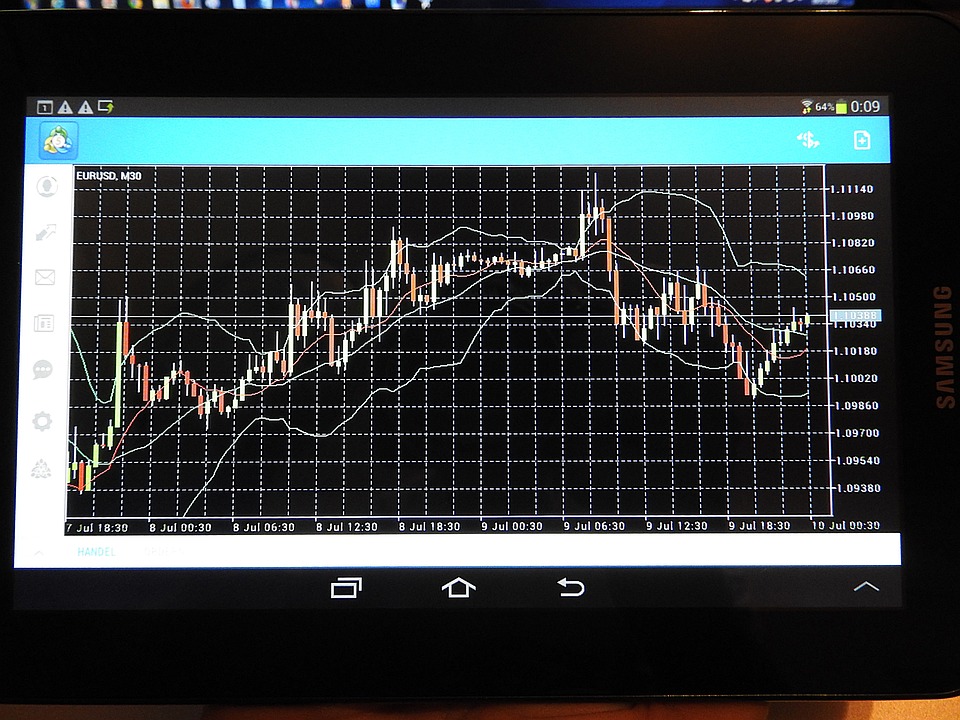Stock trading in Australia offers a plethora of opportunities for investors looking to reap the benefits of the country’s robust economy and vibrant stock market. With a wide range of companies listed on the Australian Securities Exchange (ASX), traders have the chance to diversify their portfolios and capitalize on various industry sectors.
Before diving into the world of stock trading in Australia, it’s important to understand the basics. Stocks represent ownership in a company, and trading involves buying and selling these shares on the open market. Investors aim to profit from price fluctuations by buying low and selling high.
One of the key trading strategies in Australia is fundamental analysis, which involves analyzing a company’s financial statements, industry trends, and economic indicators to determine its intrinsic value. This helps investors make informed decisions about which stocks to buy and when to buy or sell them.
Technical analysis is another popular strategy, which involves studying historical price and volume data to identify patterns and trends in stock prices. This method helps traders predict future price movements and make more precise trading decisions.
When it comes to trading platforms, Australian investors have a variety of options to choose from. Leading online brokers such as CommSec, IG Markets, and CMC Markets offer intuitive platforms that allow traders to execute trades swiftly and efficiently. These platforms also provide access to real-time market data, research tools, and technical analysis charts to assist traders in making informed decisions.
Performance metrics such as price-to-earnings ratio, earnings per share, and return on equity are essential indicators for evaluating the financial health and growth potential of a company. Investors can use these metrics to compare different stocks and identify profitable opportunities.
Market analysis is crucial for successful stock trading in Australia. Traders should stay informed about macroeconomic factors, industry trends, and company-specific news that can impact stock prices. Regularly monitoring market news and economic reports can help traders anticipate market movements and adjust their trading strategies accordingly.
Portfolio management is vital for maintaining a well-balanced and diversified investment portfolio. Investors should allocate their capital across different asset classes, industries, and geographic regions to mitigate risk and maximize returns. Rebalancing the portfolio periodically and cutting losses early are essential strategies for managing risk in stock trading.
Effective stock trading requires discipline, patience, and continuous learning. It’s important for traders to set clear goals, develop a trading plan, and stick to their strategies. Avoiding emotional decision-making, practicing risk management, and staying disciplined in executing trades are key factors for success in stock trading.
To illustrate the potential of stock trading in Australia, let’s consider the example of a popular ASX-listed company, CSL Limited. CSL is a global biotechnology company that has consistently delivered strong financial performance and growth over the years. Investors who bought CSL shares at the right time and held onto them have seen significant returns on their investments.
In conclusion, stock trading in Australia offers exciting opportunities for investors to profit from the dynamic stock market and diverse range of companies listed on the ASX. By understanding key trading strategies, utilizing effective trading platforms, conducting thorough market analysis, and practicing sound portfolio management, investors can enhance their chances of success in the stock market. Remember to stay informed, stay disciplined, and stay focused on your trading goals to achieve long-term success in stock trading in Australia.



